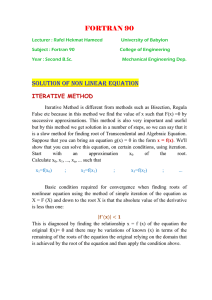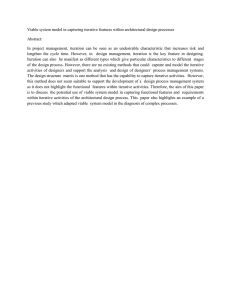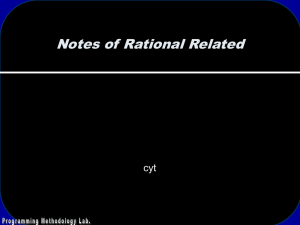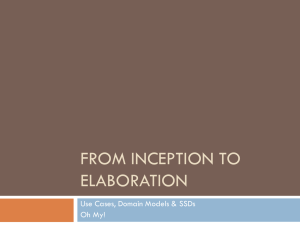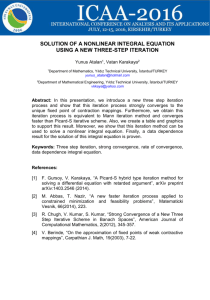Incremental
advertisement
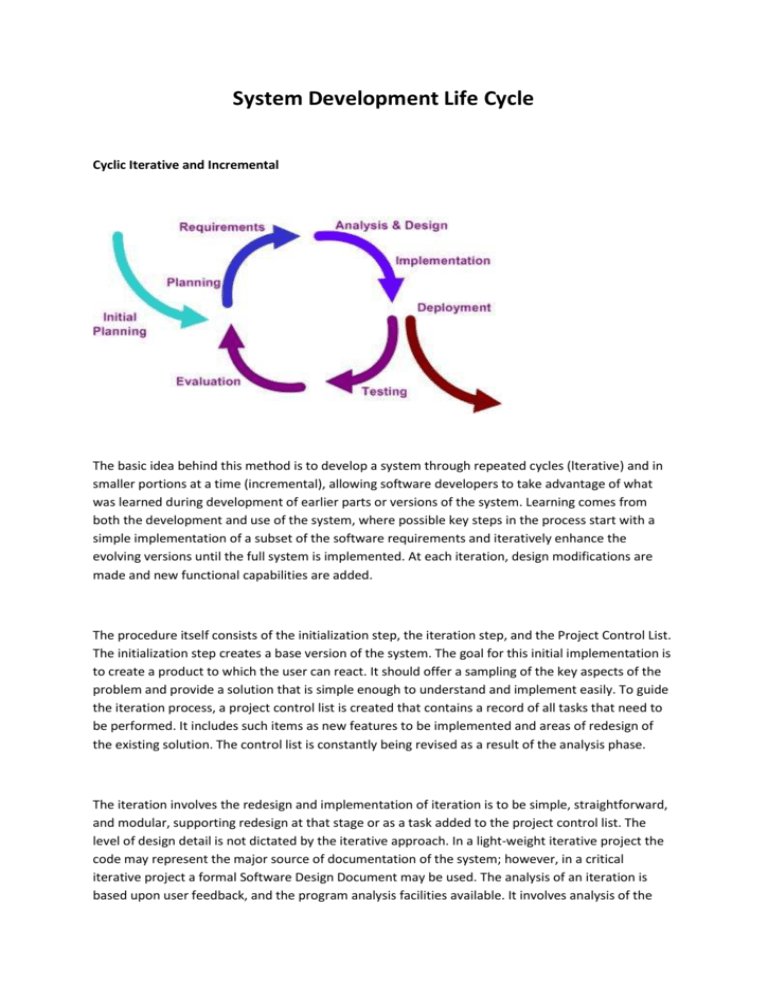
System Development Life Cycle Cyclic Iterative and Incremental The basic idea behind this method is to develop a system through repeated cycles (lterative) and in smaller portions at a time (incremental), allowing software developers to take advantage of what was learned during development of earlier parts or versions of the system. Learning comes from both the development and use of the system, where possible key steps in the process start with a simple implementation of a subset of the software requirements and iteratively enhance the evolving versions until the full system is implemented. At each iteration, design modifications are made and new functional capabilities are added. The procedure itself consists of the initialization step, the iteration step, and the Project Control List. The initialization step creates a base version of the system. The goal for this initial implementation is to create a product to which the user can react. It should offer a sampling of the key aspects of the problem and provide a solution that is simple enough to understand and implement easily. To guide the iteration process, a project control list is created that contains a record of all tasks that need to be performed. It includes such items as new features to be implemented and areas of redesign of the existing solution. The control list is constantly being revised as a result of the analysis phase. The iteration involves the redesign and implementation of iteration is to be simple, straightforward, and modular, supporting redesign at that stage or as a task added to the project control list. The level of design detail is not dictated by the iterative approach. In a light-weight iterative project the code may represent the major source of documentation of the system; however, in a critical iterative project a formal Software Design Document may be used. The analysis of an iteration is based upon user feedback, and the program analysis facilities available. It involves analysis of the structure, modularity, usability, reliability, efficiency, & achievement of goals. The project control list is modified in light of the analysis results. Iterative development. Phases Incremental development slices the system functionality into increments (portions). In each increment, a slice of functionality is delivered through cross-discipline work, from the requirements to the deployment. The unified process groups increments/iterations into phases: inception, elaboration, construction, and transition. Inception identifies project scope, requirements (functional and non-functional) and risks at a high level but in enough detail that work can be estimated. Elaboration delivers a working architecture that mitigates the top risks and fulfills the nonfunctional requirements. Construction incrementally fills-in the architecture with production-ready code produced from analysis, design, implementation, and testing of the functional requirements. Transition delivers the system into the production operating environment. Each of the phases may be divided into 1 or more iterations, which are usually time-boxed rather than feature-boxed. Architects and analysts work one iteration ahead of developers and testers to keep their work-product backlog full. Advantages 1. After each iteration, regression testing should be conducted. During this testing, faulty elements of the software can be quickly identified because few changes are made within any single iteration. 2. It is generally easier to test and debug than other methods of software development because relatively smaller changes are made during each iteration. This allows for more targeted and rigorous testing of each element within the overall product. Disadvantages 1. Resulting cost may exceed the cost of the organization. 2. As additional functionality is added to the product, problems may arise related to system architecture which were not evident in earlier prototypes.

